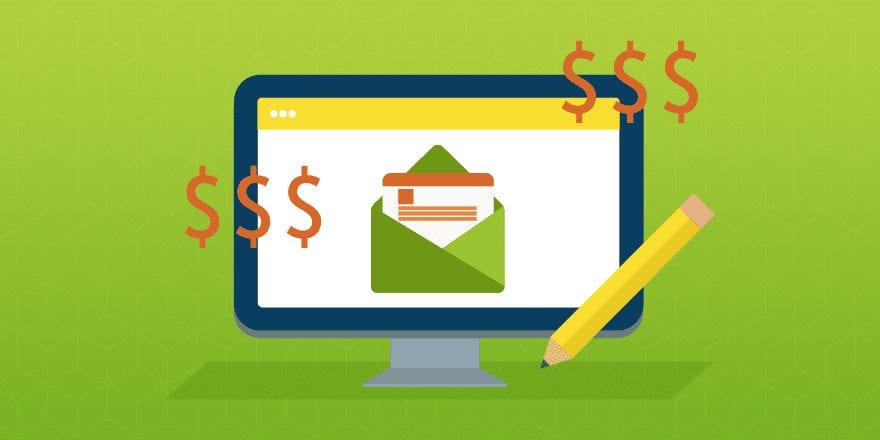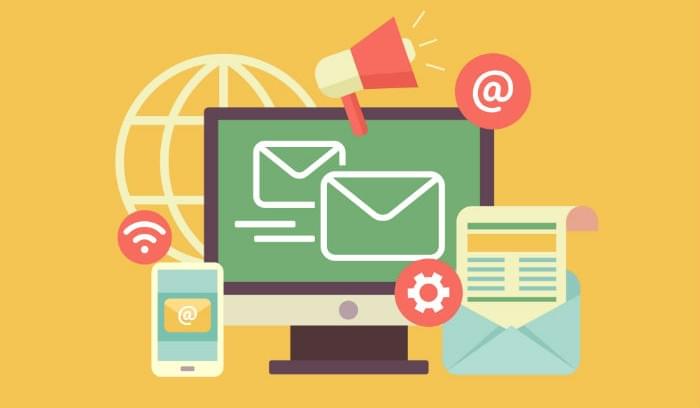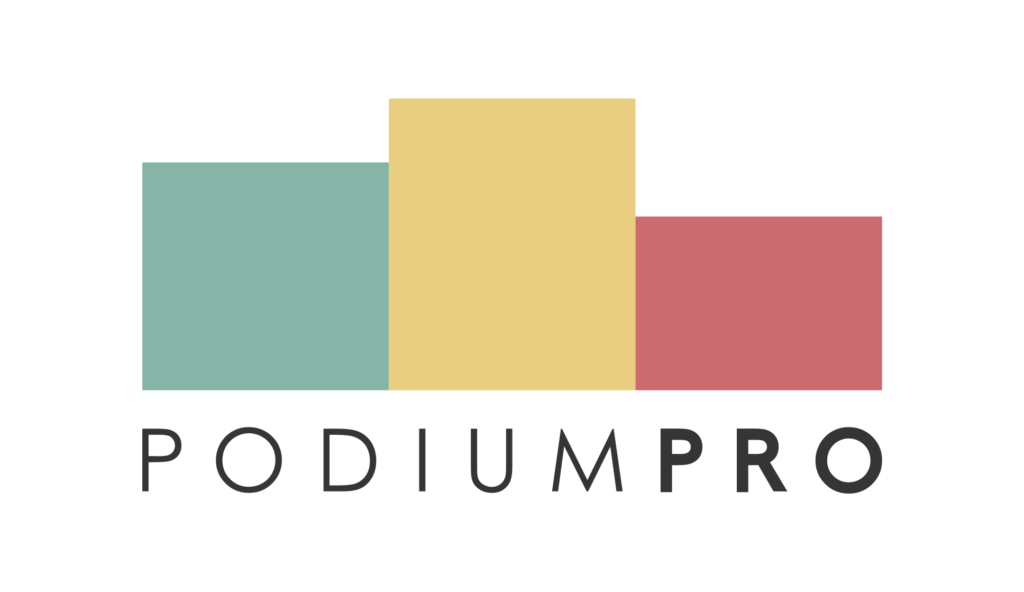
What is a Sales Email?
A Sales Email is an Email that is sent to various prospects keeping in mind the goals of increasing visibility of the company, promote the products of the company and ultimately increasing sales.
A Sales Email is not a new concept but with the advancement of technology, it is one of the better ways to formally interact with a prospective client. Sales emails can be of various types like the first interaction, setting up a meeting, follow-up email, etc.
Why Sales emails are significant?
Other than the factor that Sales Emails generate prospects and clients, there are various other reasons for Sales Emails being beneficial:
- Sending multiple Sales emails at once
When in the first stage of starting the sales process, a generic email can be sent to various clients at once. This lead generation email may or may not get replies but establishes the name of the company or email sender. Also good for sales follow up.
2. Scheduled Sales emails
Scheduling a Sales Email is an option that can be used to time the emails better. If the Sales Email sender is on another call, then the email can be scheduled so that it reaches a prospective client on time.
3. Visual effects can be used
It can use visual effects like Infographics or certain graphical data, which is bound to create a positive effect on the client or a prospective client.
4. Synching with Calender
It can be synched with a calendar and the same can be urged to the client so that meetings are fixed more accurately and quickly.
5. Quick way of written confirmations
A Sales Email is a quick way of a written confirmation, whether it is regarding initial expectations, sales follow up or final confirmations.
6. Wishes and Freebies
Sales Emails that bestow wishes for achievements of the prospect companies or provide complementary services for the prospects give a huge boost to the sender company’s reputation.
Sales emails at various stages of sales
- Establishing Contact
This is the first stage of Sales and lead generation email at this point is pretty general. is to establish contact with a prospect and tell them about the company and work. This will make the company name familiar to prospects, and further meetings, discussions, and emails will be easier. This stage has some ground rules so things can go smoothly. At this stage, generic Sales Emails can be sent en masse so the number of prospects will be a lot.
Pro tip: Do list down achievements of company products or services. E.g. 67% of users had an increase in the output of their companies after using our products.
2. Quotation (Follow up Email)
These Sales Emails are follow up email sent after a meeting with the prospective client. This email is an acknowledgment of the meeting and getting the client ready for further discussion. When this sales email is sent, the prospect and sales representative know each other and a line of consideration is established. This should be sent to the prospect without lag and soon after the meeting. The first meeting is regarding establishing contact and understanding the need of the prospect. So, this stage of Sales follow up is regarding sending answers to the requirements in the form of options. These options can be regarding pricing plans and tentative dates by which products or services can be provided to the prospect.
Pro tip: This email can contain a deadline to put psychological pressure on prospects to act on the follow up email subject.
3. Closing the Deal
This is the final stage of sales and Sales Email as well where after negotiations and meetings final price and plan are decided. These sales emails again include acknowledgment and final pricing and probably the date of where and when the final contract is to be done. The follow up email has pressure tactics but this one has a tone of closing a deal and forming a new alliance in business.
4. Deal Falling Through
There are instances where the deal falls through, and the prospect does not turn into a customer. In such cases, Sales Email still plays a role in keeping the connection alive. The prospect is already in the database of sales and further tries can be made to make sales in the future. These kinds of Sales Emails are different than the follow up email shown above as they are not in the sequence but on the sides.
Pro tip: These Sales Emails are just for the continuance of the contact established, condescending tone should not be used because the deal did not get closed.

Dos of a Sales Email
- Send links of the company’s websites
When sending an introductory Sales Email, including links to the company’s website, a blog is a good strategy. A company blog can give the prospect an idea of the company’s depth of knowledge in the related field.
2. Make the prospect feel important
When sending a Sales Emai, it is important to keep the prospect in the center and write an Email according to the needs of the prospect, especially in the quotation stage.
3. Question the Prospect
Questioning the prospect about the requirements is a good idea. The next step is to send Emails as per the requirements of prospects and present them as an answer to the questions.
4. Lead the prospect
Leading the prospect to where the sales executive wants is an art in itself. Prospects should feel that the Sales Email is a solution to/her problems.
5. Know the objective of the Email
The subject and language of a Sales Email depends upon the objective of the email. It should be appropriate to the stage of sales to better the chances of sealing the deal.
6. Prepare concise information on the company’s products
A Sales Email, especially lead generation email should insist upon concise and visually powerful information on the company’s profile and products or services.
6. Using technology to the full
Sales Emails can be scheduled, can be made into a template ready to be just filled in or sent in bulk. All this saves time and effort that can be used in other sales-related work and makes the sales process efficient.
Don’ts of a Sales Email
- Do not be vague
A Sales Email should clearly state the intent of the email, should clearly state the sender’s products or services, and not be vague about pricing. If anything is vague, it only leads to confusion and ultimately harms the probability of sealing the deal.
2. Do not send too short or too long emails
Sales Emails should be of appropriate length with a balance of elements like text and visuals. If not, they will not serve the purpose of Sales Email.
3. Do not use criticism or harsh language
In any case, whether the deal falls through or is finalized, prospects need to be respected. If not, it further deteriorates the chance of a future alliance.
4. Not increasing the prospect list of Sales Emails
Sales Emails can be sent in bulk and this increases the chances of sender companies. A stagnant prospect list is a trap to hamper a company’s sales and is certainly not to be done.
Conclusion
Sales Emails are special weapons in the armour of companies that, when used wisely lead to the growth of sales and the bottom line. Before sending the next follow up email,sales follow up or lead generation email do refer to this article for better aiming at the goal of tapping the next prospect.Get in touch with us for professional content writing for your requirements. Learn More
visit https://podiumprocontent.wpcomstaging.com/




